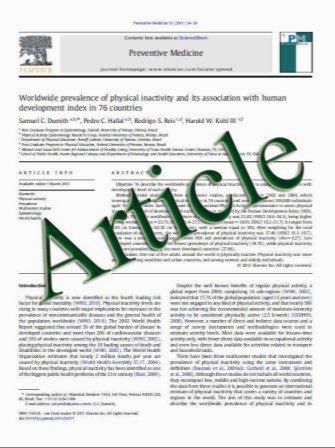Freehand versus navigated glenoid anchor positioning in anterior labral repair
- نوع فایل : کتاب
- زبان : انگلیسی
- مؤلف : Dimitrios Koulalis • Daniel Kendoff • Mustafa Citak • Padhraig F. O0Loughlin • Andrew D. Pearle
- چاپ و سال / کشور: 2010
Description
Purpose Anchor placement on the glenoid rim is challenging with the angle of insertion critical to achieving satisfactory results. Incorrect anchor placement is a common problem. Methods Three plastic shoulder models were used. Reference markers were attached in the posterior portion of the acromion. Using the navigation system, reference point data from the glenoid were acquired. An anterior labral lesion of the glenoid was created that extended from the 1 o’clock to the 5 o’clock position. Three suture anchors were placed under arthroscopic guidance without the aid of navigation system (Group A) and with the aid of navigation system (Group B). Deviation from the optimal angle of 45 for anchor placement was measured and compared between the two groups. Results The mean insertion angles for anchor placement were 45.9 (SD 3.4, 40.2–50.4) and 41.4 (SD 3.9, 33.1–47.6) in the freehand (Group A) and navigated (Group B) groups, respectively. There was a statistically significant difference between the groups (P\0.05). The mean deviation (from the optimal angle) was 4.2 (SD 3.2, 0.0–11.9) and 2.8 (SD 2.2, 0.2–8.4) in the freehand and navigated groups, respectively. Conclusion Navigation systems may improve the accuracy of glenoid anchor placement amongst low-volume shoulder surgeons. However, it does not provide any significant advantage over the freehand technique in a plastic shoulder model. Constant multiplanar visualization throughout anchor placement as facilitated by navigation made the procedure more manageable, even for an experienced surgeon.
Knee Surg Sports Traumatol Arthrosc DOI 10.1007/s00167-010-1360-5 Received: 24 July 2010 / Accepted: 7 December 2010


